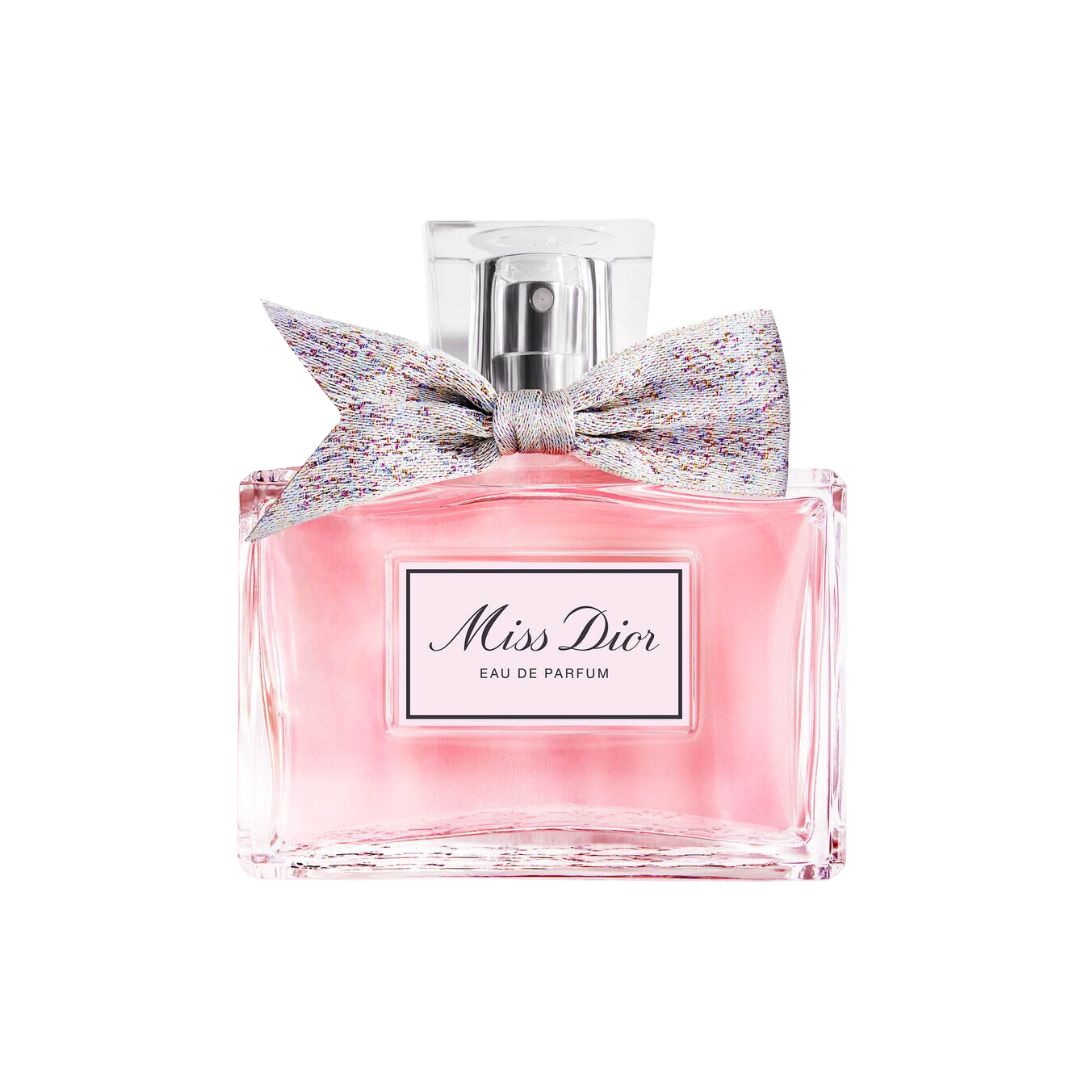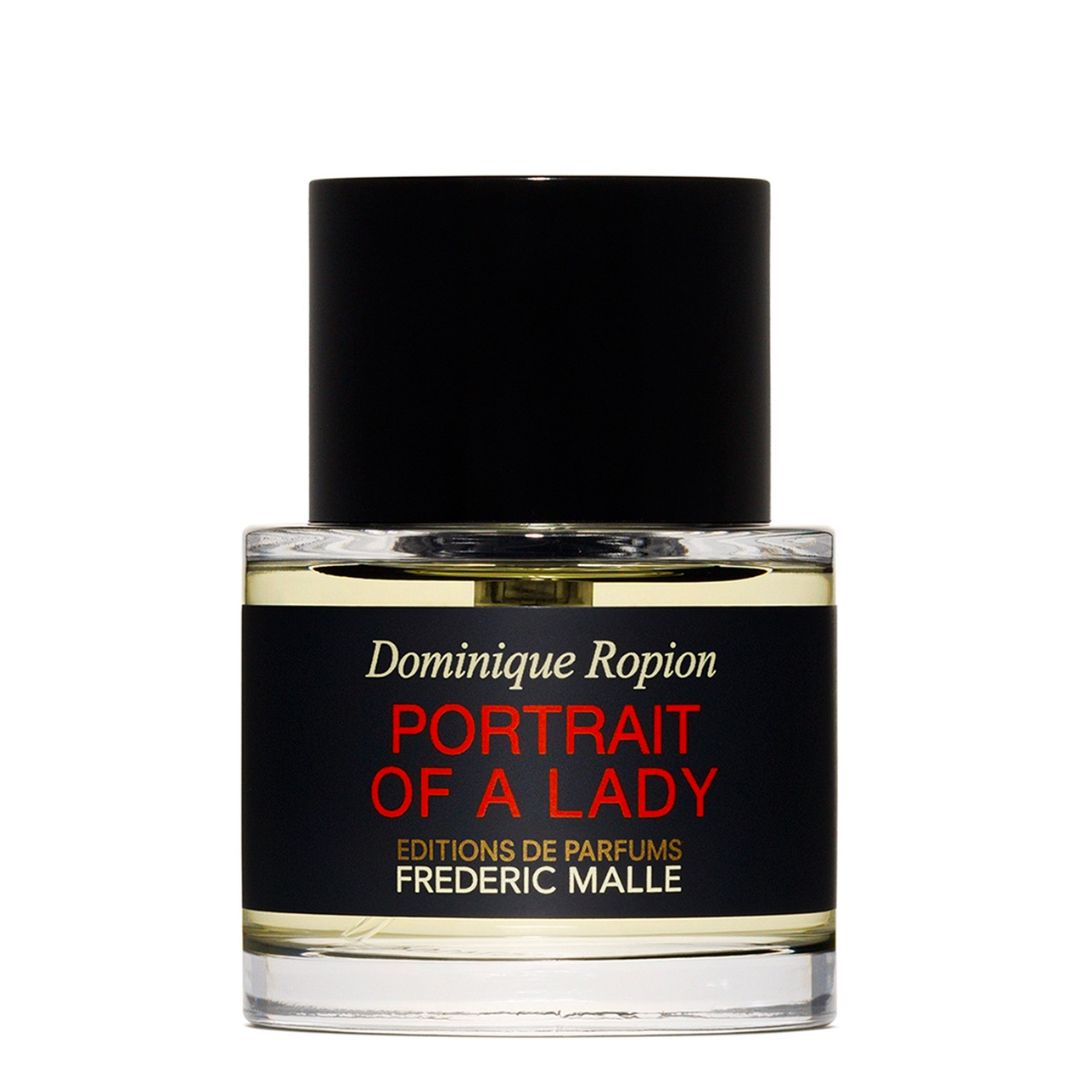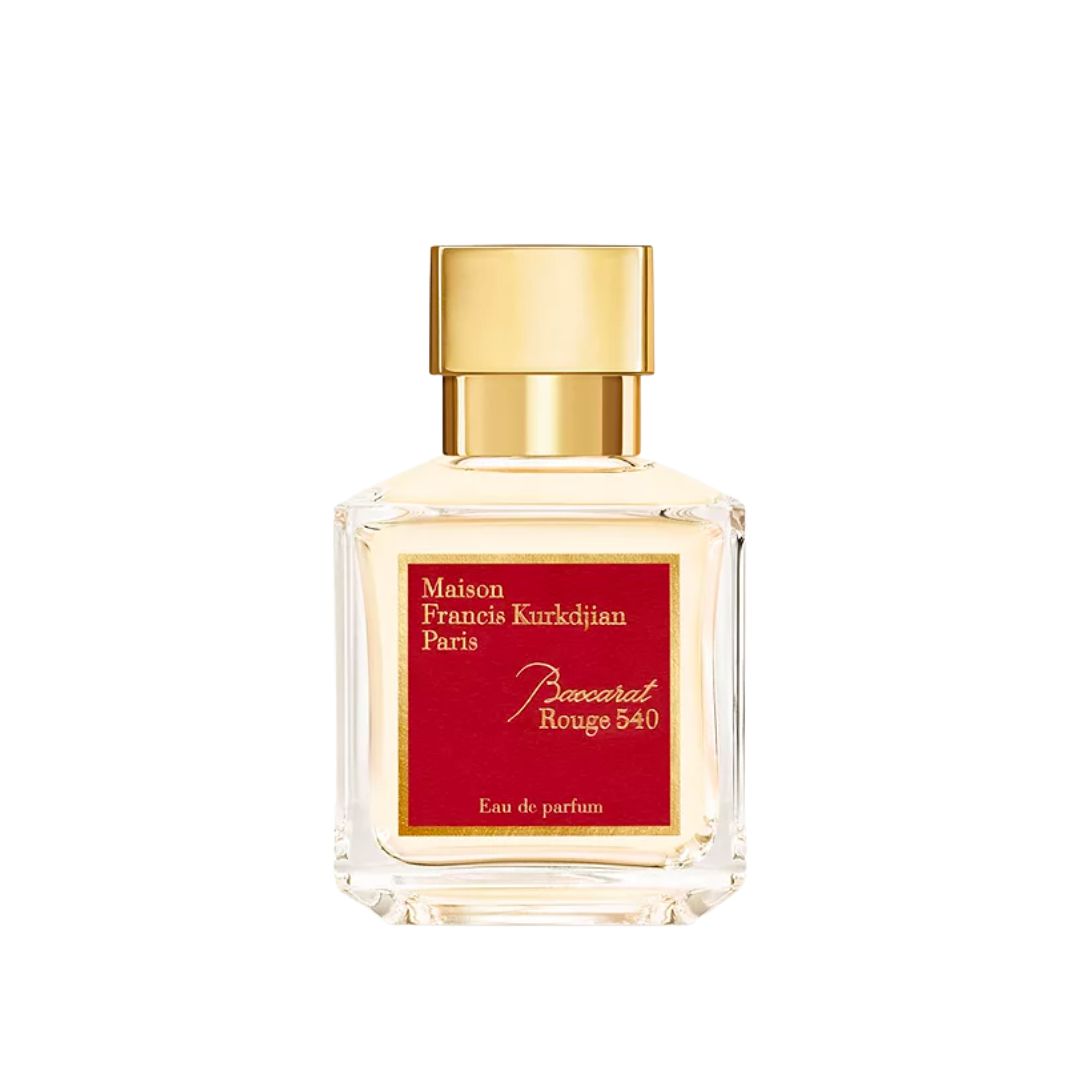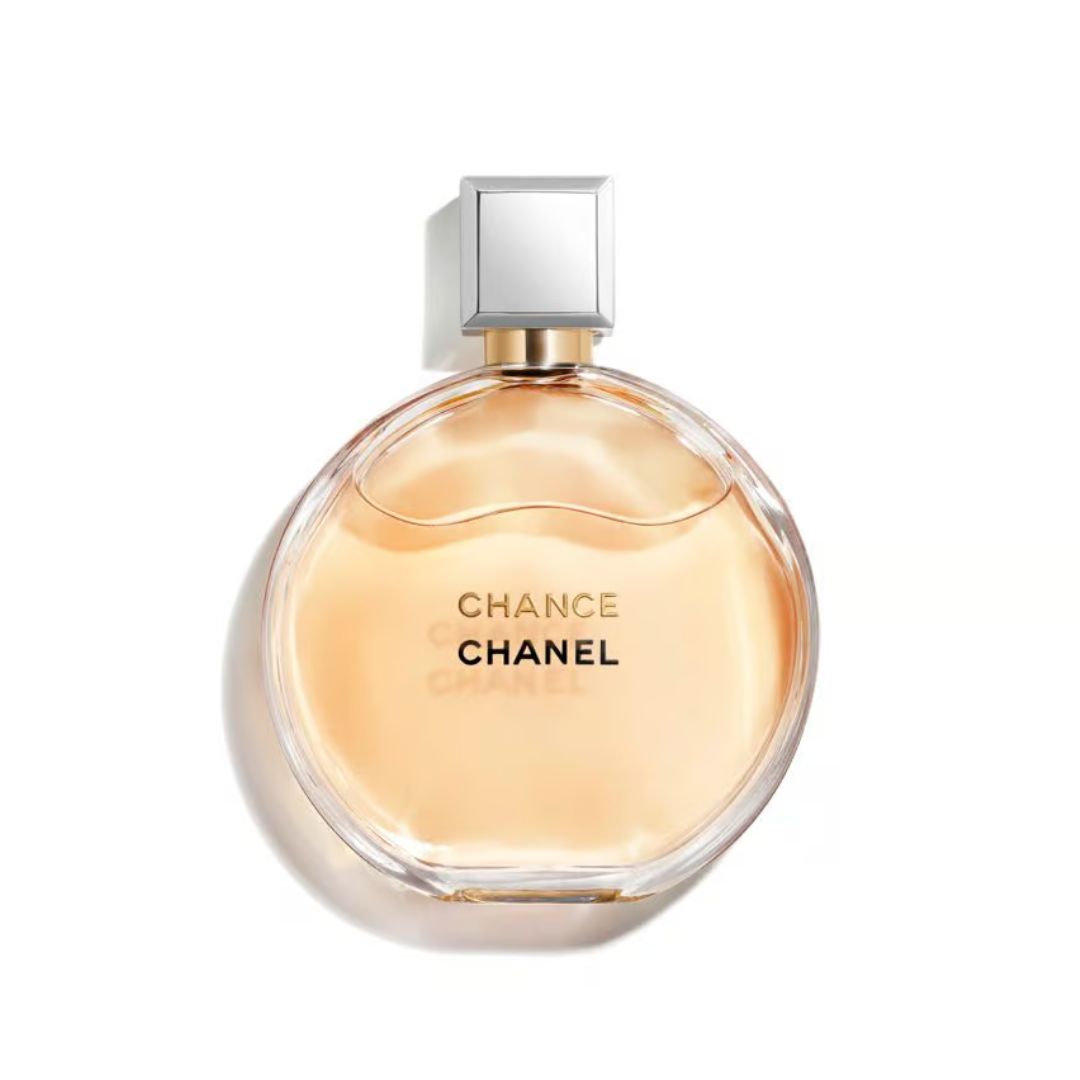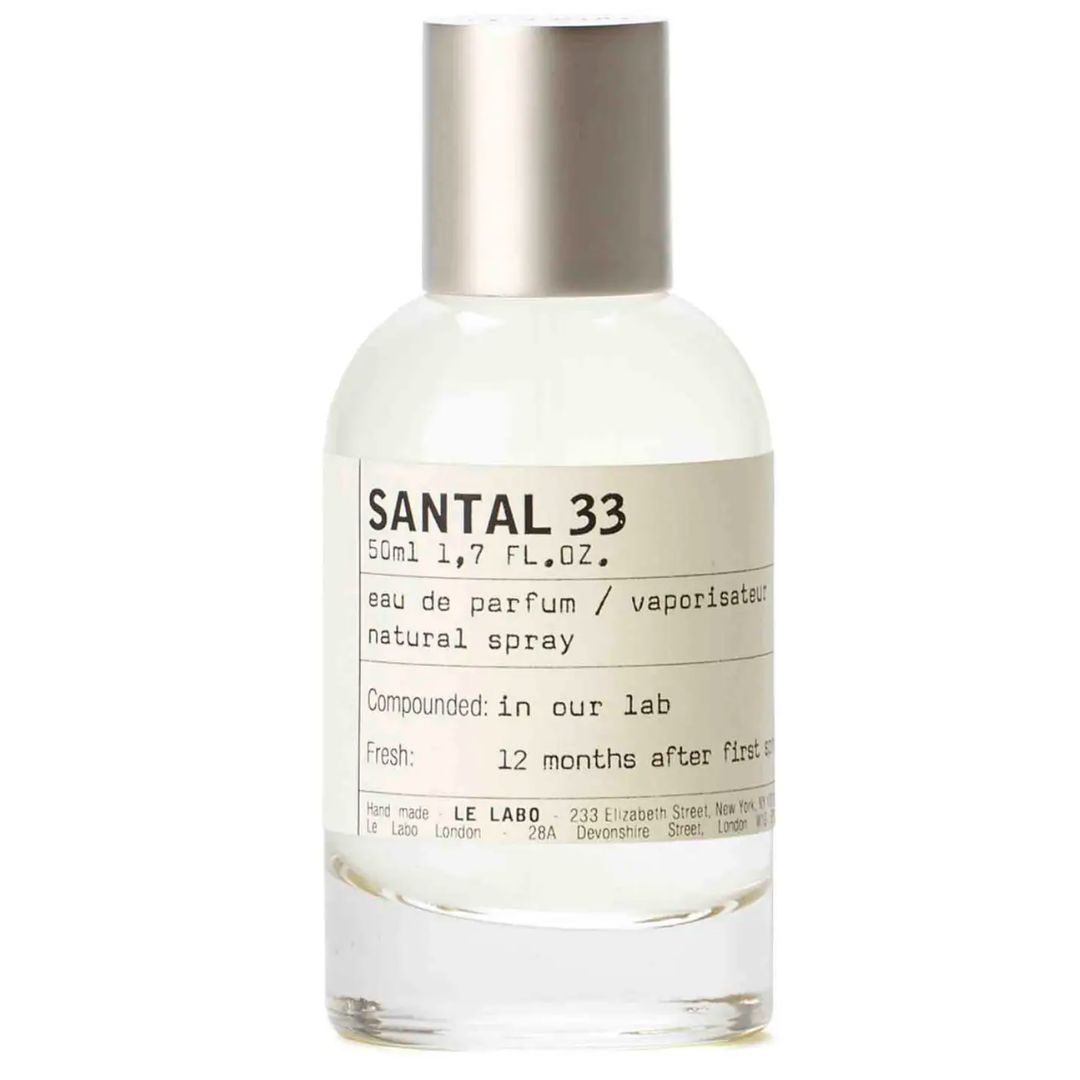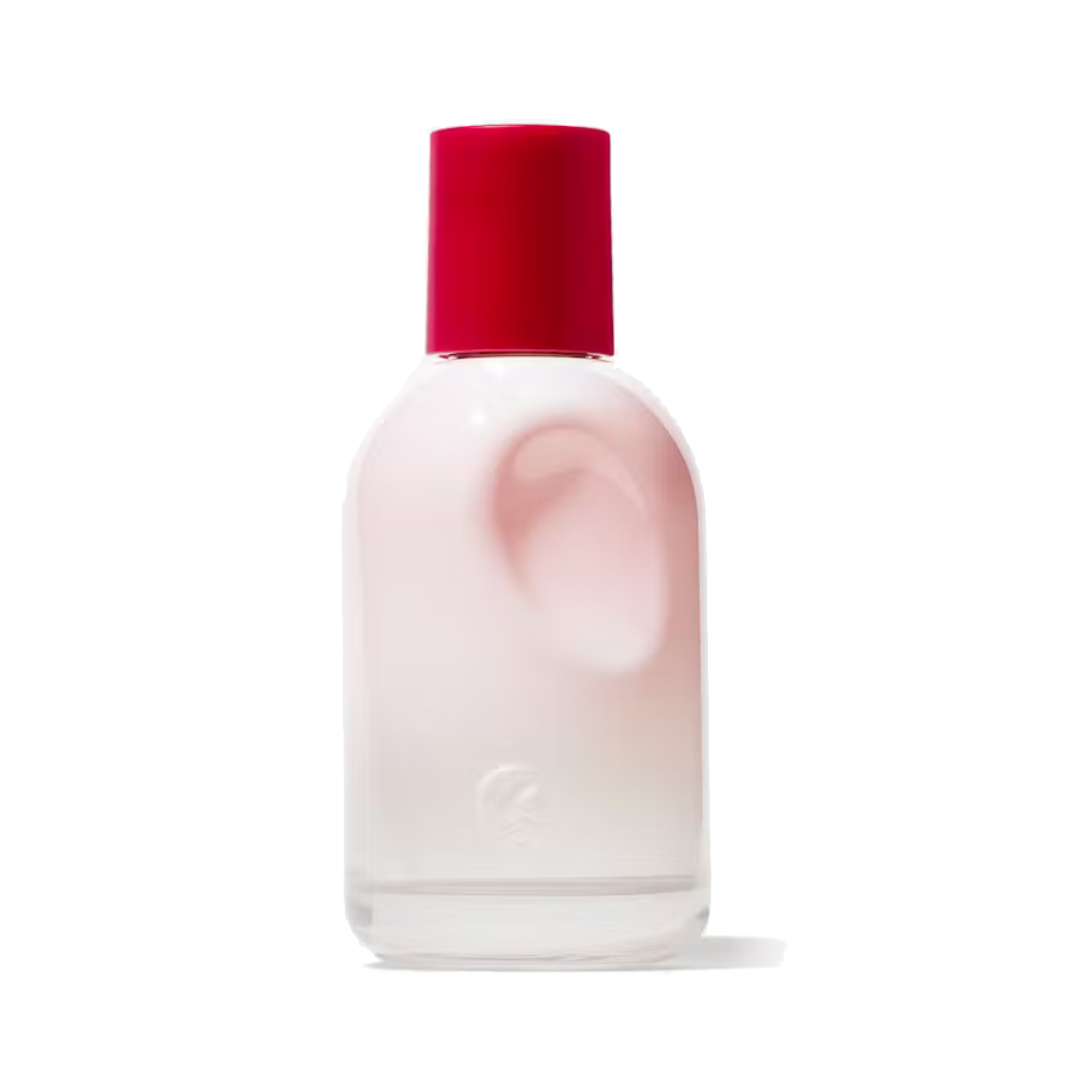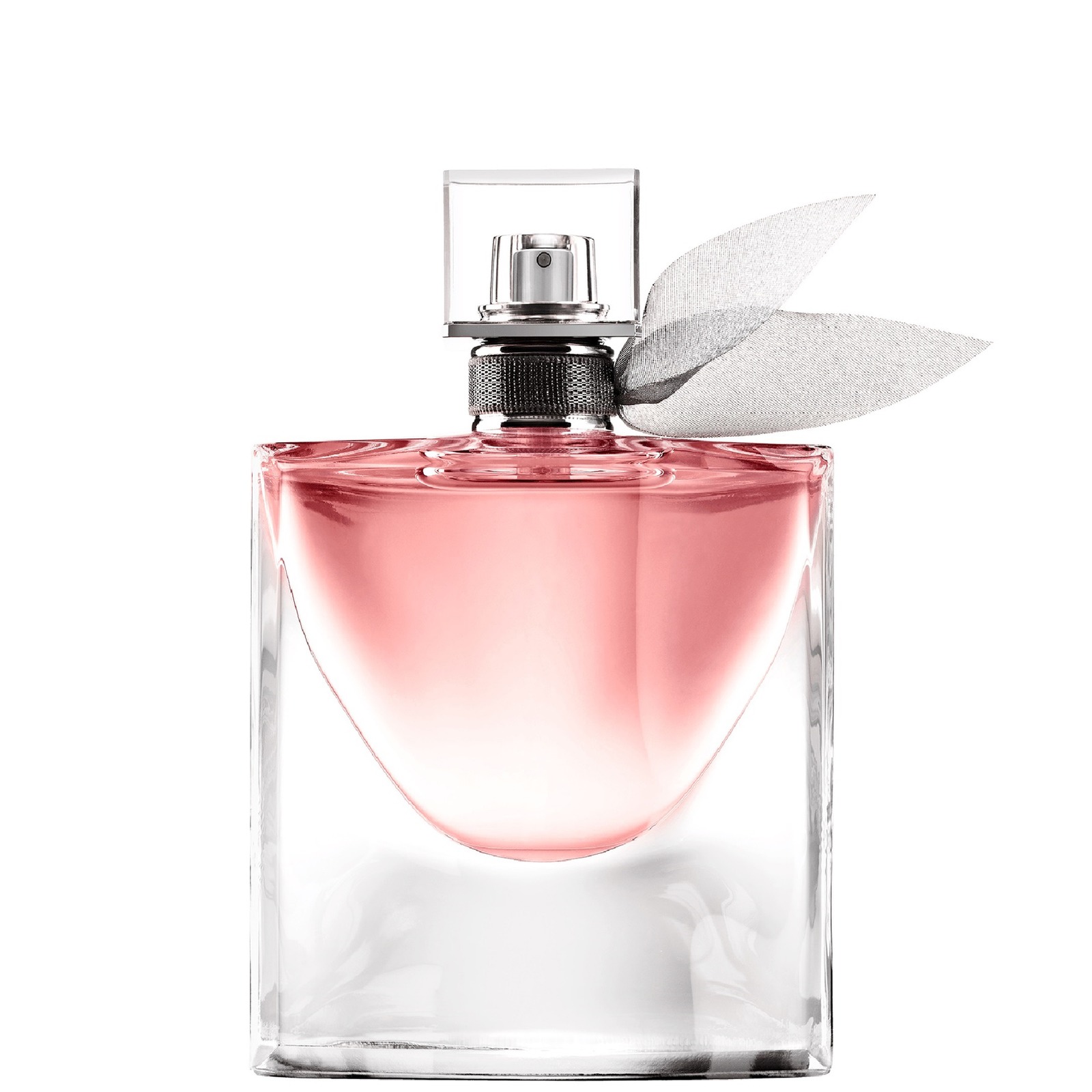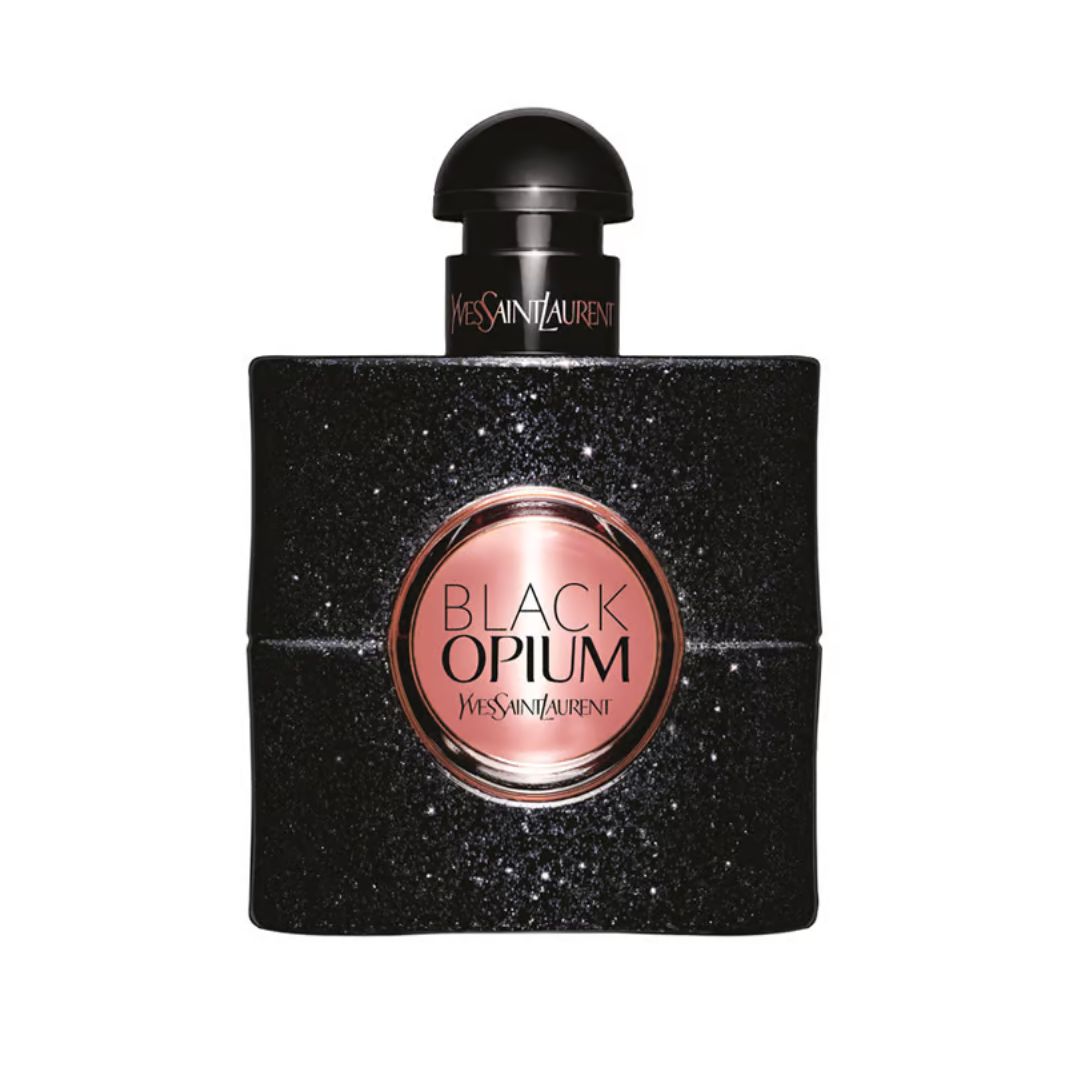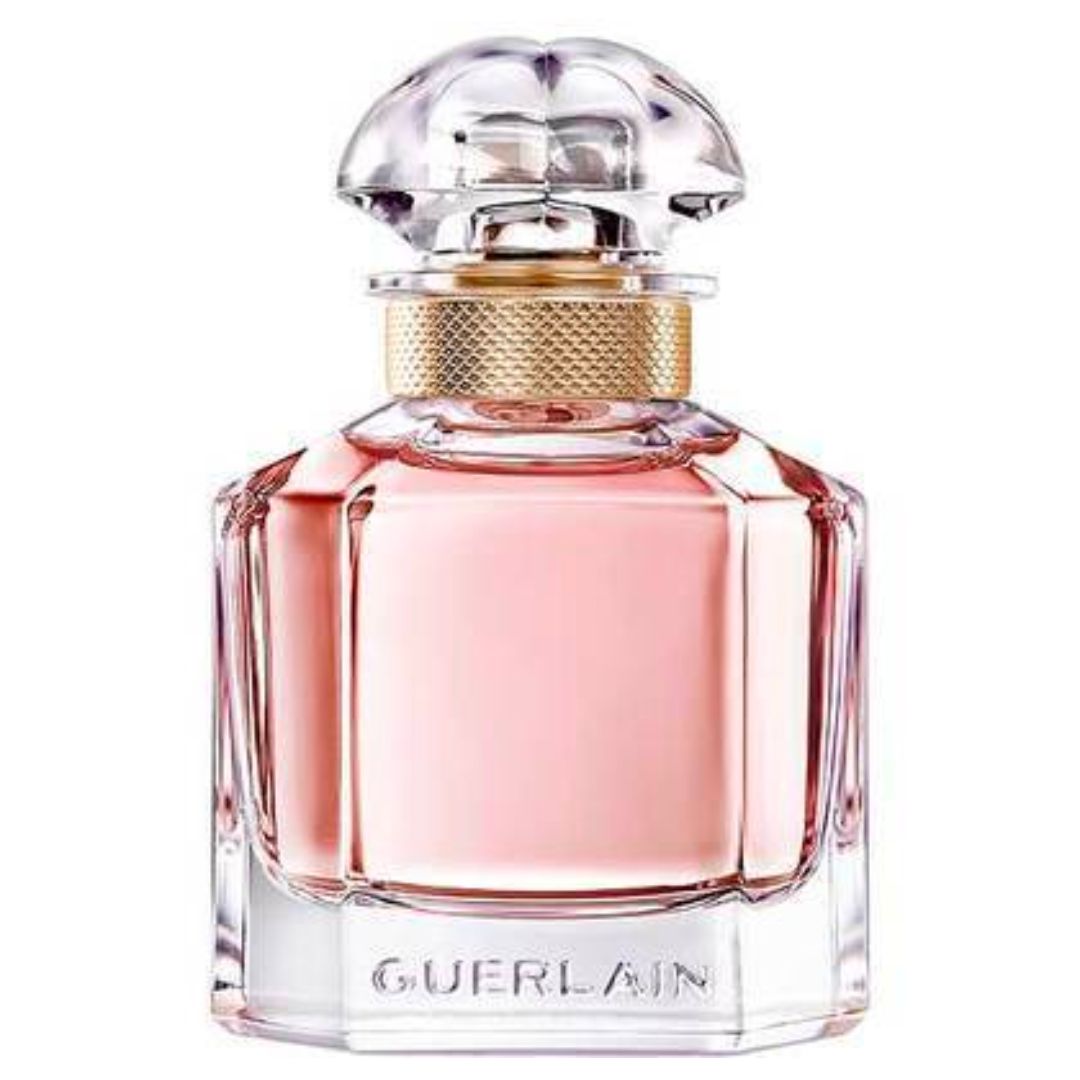Classic perfumes are back—after speaking with the world's top perfumers, I can confirm these 9 are the best ever made
The only fragrances you need

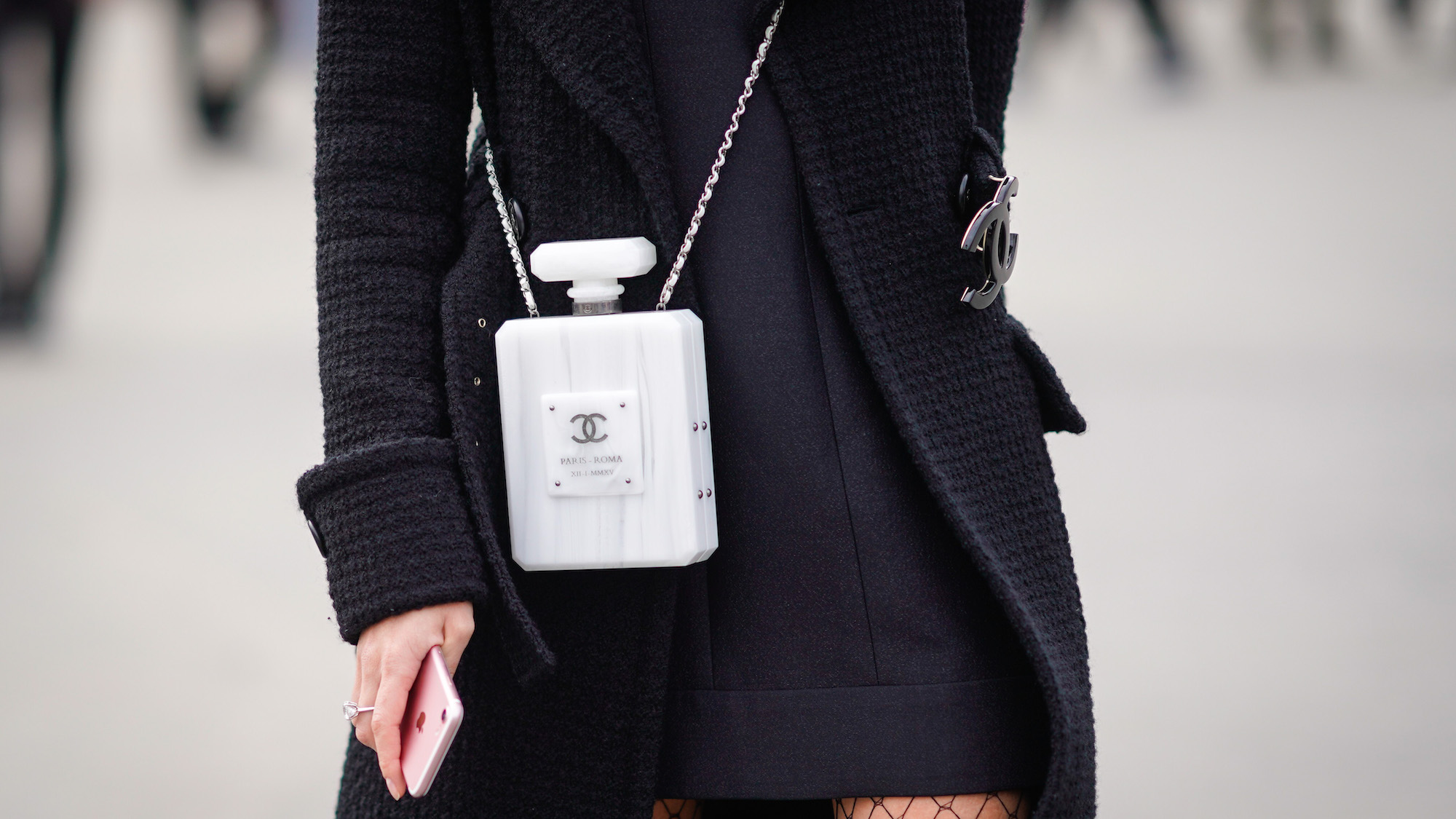
I have long been the sort of person who doesn't like sharing perfume. In my opinion, the best fragrances are ones that have a unique appeal, pique interest and stand out in a sea of palatable scents. Having said that, in 2025, when everyone is looking to smell different to the person stood next to them, we're about to see a classic perfumes renaissance.
You see, as much as I hate to say this, in my opinion, our desire to smell totally unique, gatekeep our scents and refuse to share in a bid to feel special has put the fragrance industry in an odd place. In recent years, we have become prepared to drop more than £200 on a niche scent, collectively turn our noses up at almost every typical floral perfume that comes our way and seek out the most unique, hard-to-find perfumes around—all in attempt to ensure we never encounter somebody else who has the same scent as us.
And this has got me thinking... where does this leave classic perfumes? You know, the ones that have quite literally gone on to shape every fragrance made after them? In this day and age, it would be easy to believe that the classic perfume is dead. Sure, modern classics (Baccarat Rouge 540 and Miss Dior, I'm looking at you) still have their place, but what about the real blockbuster scents that are renowned for their olfactory excellence? Are we to leave them in the past purely because they are too 'well known'? Can the lesser-known perfumes we're all turning to nowadays really be as good as the age-old classics we have turned our backs on?
This is something I have pondered over for many months. And, in a bid to get to the bottom of it, I have spent the past four months speaking to the noses behind some of the world's most coveted classic scents. I have spoken with perfumers, experts and fellow fragrance-fanatic editors in a bid to suss it all out. And, because I'm stubborn and am not prepared to just take other people's words for things, I have also spent this time wearing some of the most classic fragrances ever in an attempt to answer, once and for all, whether modern classics can really compare to the greats. Here's how I got on...
The best classic perfumes of 2025: Quick Links
- Chanel No5, £104 at Sephora
- Estée Lauder Pleasures, £24.95 (was £52) at Amazon
- Dior J'adore, £88.40 (was £104) at Boots
- Dolce & Gabbana Light Blue, £64.80 (was £108) at Sephora
- YSL Opium, £100 (was £125) at LookFantastic
- Marc Jacobs Daisy, £79.60 (was £99) at Sephora
- Mugler Angel, £95 at Sephora
- Guerlain Shalimar, £105 at Guerlain
- Chanel Coco Mademoiselle, £88.40 at John Lewis
What makes a classic perfume?
In order to understand whether the expensive perfumes of 2025 can really be compared to the classics, I needed to clear something up: what actually defines a classic perfume, anyway? Well, I can safely say that every perfumer and expert I spoke to about this had the same initial response: That's the £1million question. After all, if creating a classic perfume was easy, wouldn't everyone be doing it?
However, upon further questioning and very long conversations, I have established the blueprint for a classic perfume comes down to five, equally as important, things:
1. A unique universal appeal
This is, probably, the most difficult-to-achieve and impressive characteristic of any great, classic scent. A classic perfume must have an element of universal appeal to the point that not everyone might like it, but everyone can relate to it in some way or another.
Celebrity news, beauty, fashion advice, and fascinating features, delivered straight to your inbox!
Perfumer Auerlien Guichard (the man behind many modern icons such as Gucci Guilty, Burberry Hero and Narciso Rodriguez Narciso), sums it up perfectly. "I don't think about mass audience [when I'm creating a perfume], but I try to find an idea that people will understand, wherever they're from. I don't want to create a mass fragrance."
2. A personal attachment
Every great perfume ever made creates a sort of attachment with the wearer and/or the person on the receiving end of it. Without generating an emotional response, a perfume is just a nice smell. "There is this thing that is difficult to describe—the idea that the perfume has to mingle with the skin. It has to become a whole with the person who is wearing it—like you don't know where the perfume stops and the skin begins," says perfumer, Francis Kurkdjian.
With this sort of personal attachment comes a level of personal emotion and compliments from others, too. "I want people to feel an emotion. When you apply [the perfume] on your skin, do you receive comments? To me, that's the most important thing. If you wear a perfume and you don't get comments, it's a waste of money," claims Guichard.
3. Familiarity and audacity
Kurkdjian is, hands down, one of the most inspiring noses of our time—and with that comes a level of insight into fragrance creation that is hard to find as a journalist. When I ask him what, in his opinion, makes a classic, his eyes light up. "I've really worked on an answer for this," he says, revealing to me that he has put a lot of thought into in recent times. And he has decided it comes down to a couple of important things: one, the way in which the scent blends with the skin, as described above, and two, a balance between familiarity and audacity.
"I asked my friend, who is a contemporary art adviser, how she determines what pieces of art will become future classics, and she answered in a simple way that relates to perfume, too. The art has to speak to your subconcious in a familiar way, but it needs to have an innovation. In architecture, the pyramid of the Louvre is timeless and iconic because its shape is easy to understand—a pyramid, like the Pyramids of Giza that everyone has seen. But the innovation is with the glass. A pyramid is where you hide treasure, so it should be closed—but the Louvre is the opposite, it's open. And the Mona Lisa—portraits are normal, but the specialty is in the technique Da Vinci used to blur the lines, which was totally new," he explains. "It's a balance between traditional and audacious. When a new perfume launches, you can determine if it might become a classic with this concept. If you can combine the two things? You are the king of the game."
4. A short formula
Okay, this characteristic is a little more technical, but I can assure you it will make more sense as you read on. Essentially, every expert I spoke to had something to say about the importance of a short and simple formula—fewer notes that create a simple, easily relatable scent.
Someone who knows a thing or two about creating a classic perfume, master perfumer Olivier Cresp (who brought us Dolce & Gabbana Light Blue, Mugler Angel and Givenchy Gentleman to name just a few) explains it as such: "When you use your cell phone or your laptop, if it is easy to understand, you’re going to use it a lot. I try to make my formulas simple and short, so that everybody will understand them. If someone is capturing one or two facets, that’s enough. I don’t care for people to spot the specifics. You just want someone to say ‘Oh, that’s warm and vanilla-like’—that’s enough."
5. It has to work
Finally, the most important aspect of any classic scent is that it has to work—and this is something I worry has become lost in the modern day. With the abundance of new, niche, weird and wonderful fragrances hitting the shelves every week, we have started to lose sight of the important things: function and longevity.
And, if you want to get a straight, no-holds-barred answer from anyone in the fragrance world, you go to fragrance editor, Frédéric Malle. "What is a classic? They are easy to recognise. They have character and they have performance. A perfume has to function, last and diffuse. These are very black and white things—a perfume works or it doesn’t," he says.
The best classic perfumes ever made
So, now we get onto the true classics. Perfumes that have, in my opinion, stood the test of time and will continue to do so for eternity. And while I know that the previous list of modern classics might have had some of you screaming at the screen, arguing that actually some of them are firm classic classics, there was one thing that Cresp said to me that I think everyone should consider.
"I know when a success is coming. As soon as people around me start talking about it and you see a buzz, you know you're onto something. I don't see that with every fragrance I create. But, when I go into a store and I talk to the advisers, I ask them which perfumes they think will stay on the market, and they know straight away," he says. But what sets these sorts of perfumes apart from the true, timeless classics? "If you're talking about six months or a year of popularity, that's a dangerous path for a perfumer. But, if after a few years they're still there, they're classics. When you see brands investing money every single year, that's the real sign of a classic."
So yes, I might have been brutal in my divvying up of what perfumes sit in modern-classic and classic-classic territory, but when you consider the below scents, I think you'll be inclined to agree that these perfumes will never go out of fashion. And after wearing them almost exclusively for the past few months, I can confirm they're still every but as special in 2025 as they were when they launched.
1. Chanel No5
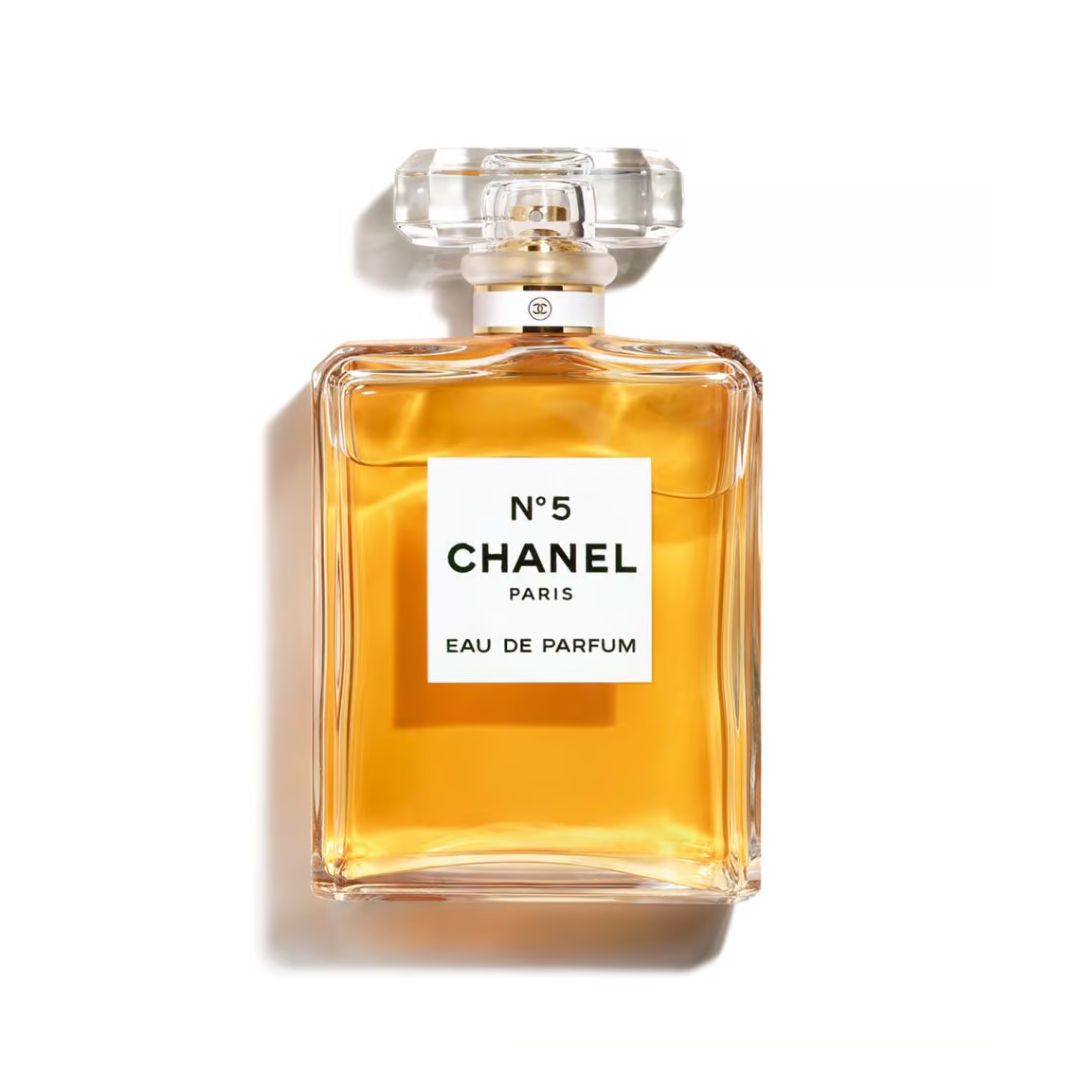
Chanel No5 Eau de Parfum
Specifications
Love it or loathe it, Chanel No5 still sets the bar for great perfumery. I have never met a perfumer who doesn't consider No5 to be the greatest fragrance ever made. It's strong, punchy and rich, but its blend has become totally iconic. Over 100 years after its release, sales of Chanel No5 continue to soar, cementing it as one of the most popular perfumes in the world. While the blend has been tweaked here and there over the years as a result of regulation and taste changes, the core of No5 has remained the same. Even if it's not for you (although there are various iterations for different tastes), the influence that this scent has had on fragrance creation the world over is absolutely undeniable.
2. Estée Lauder Pleasures
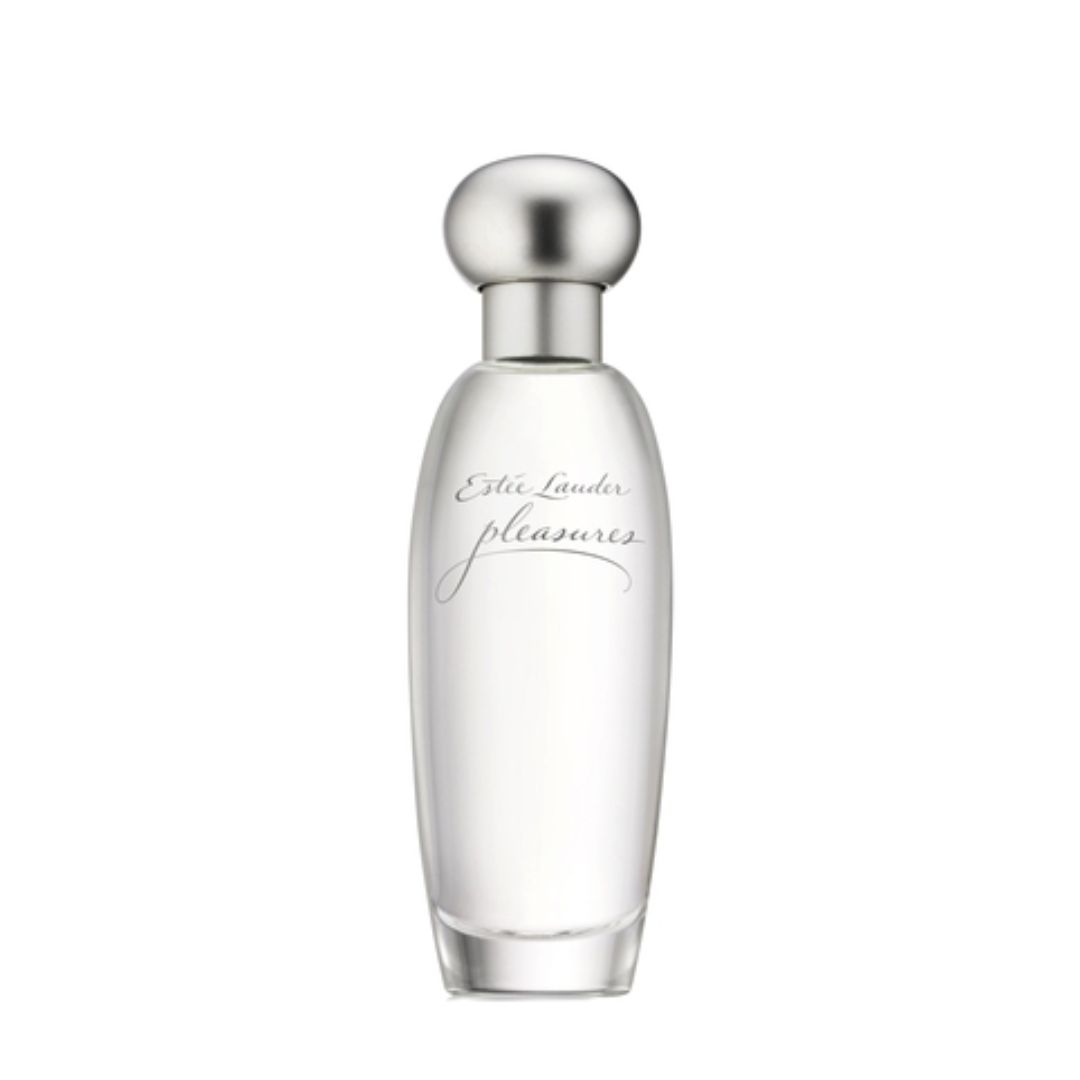
Estée Lauder Pleasures Eau de Parfum
Specifications
While in 2025 Pleasures might not prove as well known as some of the other scents on this list, I can assure you it is one of the most classic perfumes of all time. The lightweight floral is sheer and veils the skin is a delicately bright aroma. It is luminous, sparkling and undeniably joyful. Created in 1995, Pleasures has come to set the bar for lightweight floral scents and, in my opinion, nothing comes close to its beauty.
3. Dior J'adore
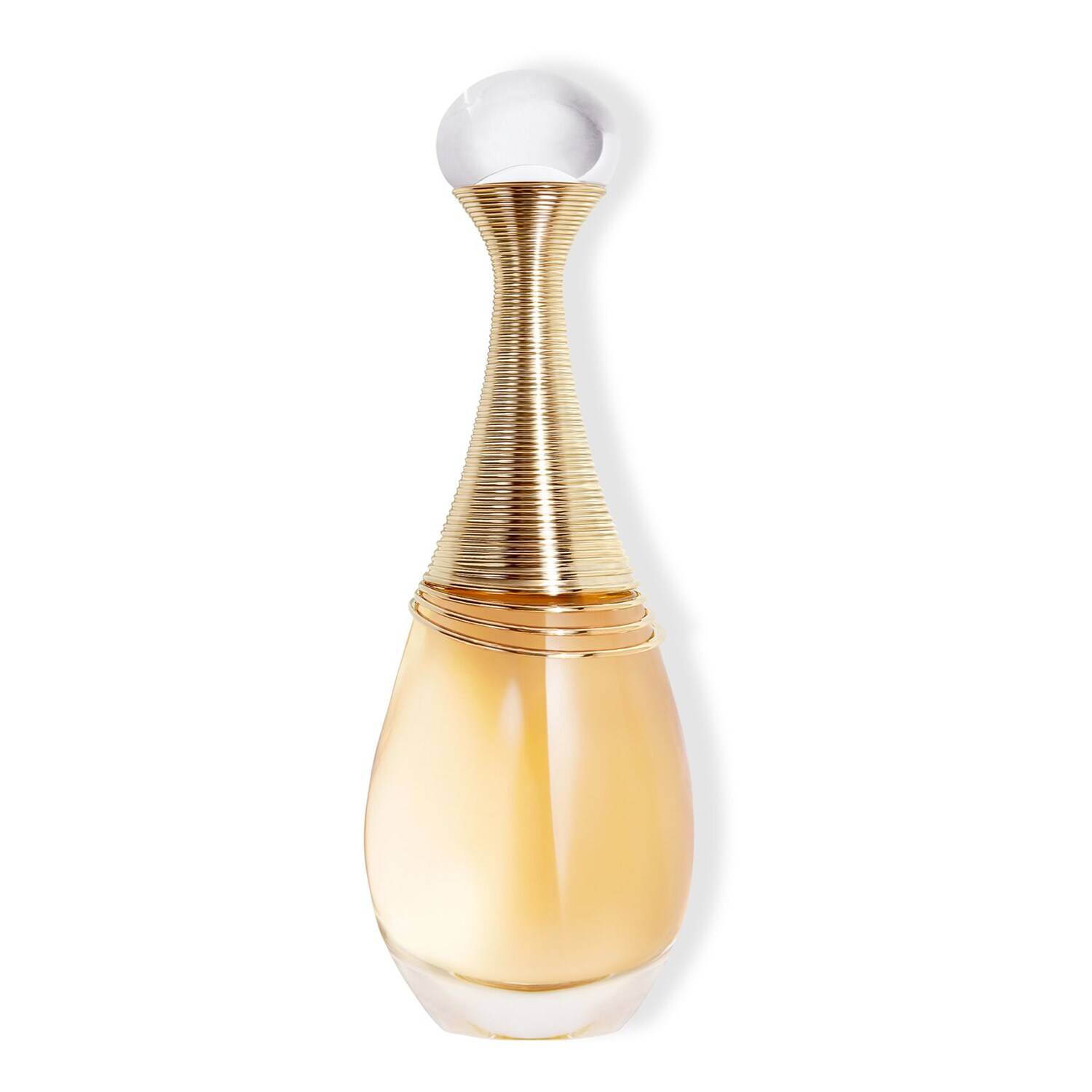
Dior J'adore Eau de Parfum
Specifications
J'adore is a classic example of how timeless, classic fragrances can (and should) move with the times. Created in 1999, J'adore's soapy, fresh, floral concoction has proved itself a global bestseller year after year. While the House continues to diversify the J'adore line (with launches like L'Or and D'Eau), it is the classic EDP that remains on top. And I know some of you might be thinking that Dior's Miss Dior is surely more deserving to be on this list, in my opinion, it is J'adore that has a more timeless quality.
4. Dolce & Gabbana Light Blue
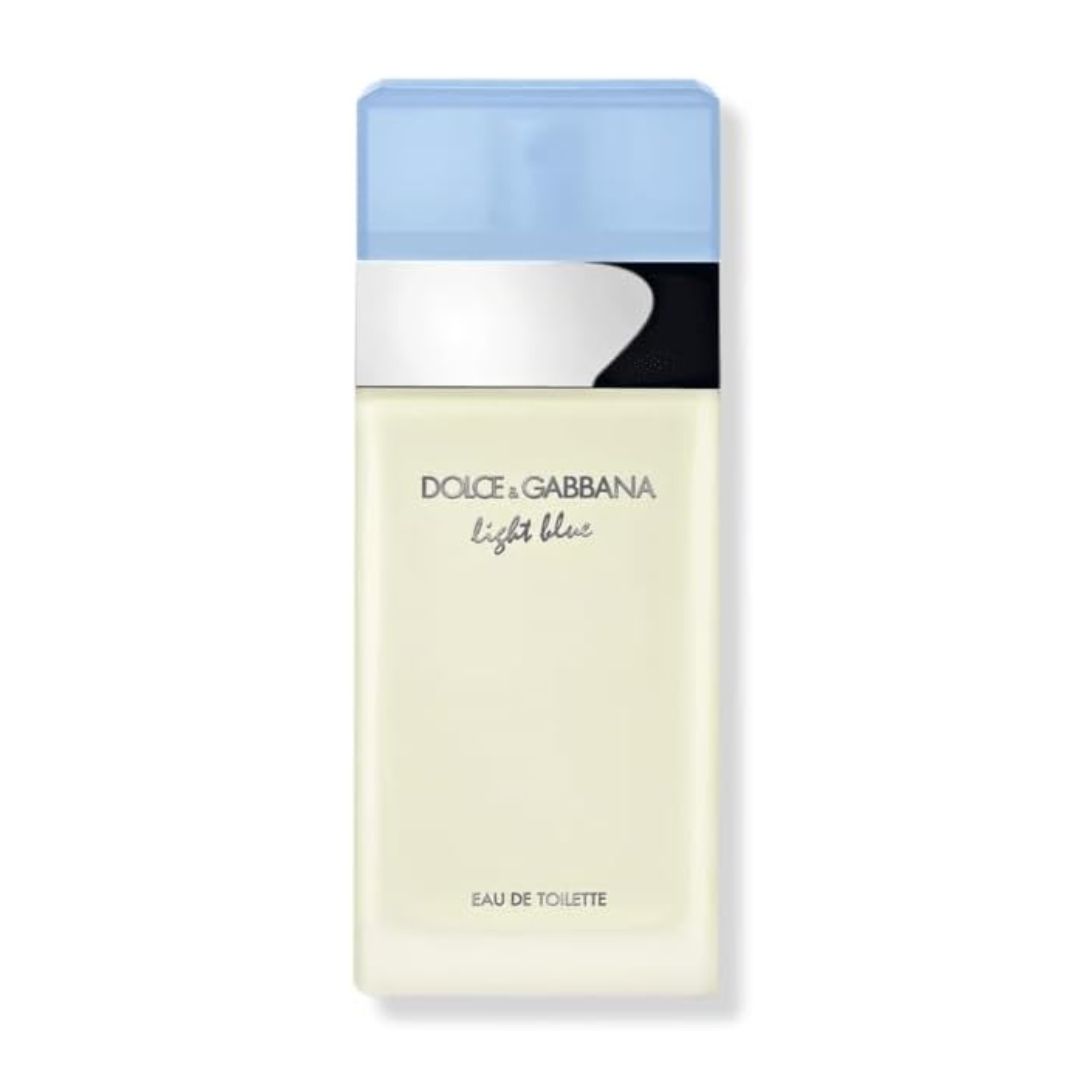
Dolce & Gabbana Light Blue Eau de Toilette
Specifications
When Olivier Cresp created Dolce & Gabbana Light Blue he changed the face of summer fragrance forever. Light Blue is a crisp, sun-soaked sort of scent—it is water-light, linen-fresh and skin-soft. If a Mediterranean holiday was a perfume, it would be Light Blue. Cementing its place as a classic, since its launch in 2001, there have been countless iterations of this scent, each one as beautiful as the next.
5. YSL Opium

YSL Opium Eau de Parfum
Specifications
Opium is the power perfume of all power perfumes. After its launch in 1977, it went on to be one of the most defining fragrances of the 80s—the perfect addition to any power dressing outfit. It is punchy, rich and attention-grabbing in the best sort of way. While Opium might be out done in 2025 by the popularity of its sweeter, more wearable younger sister, Black Opium, the blueprint that Opium provides for blockbuster scents can't be denied.
6. Marc Jacobs Daisy
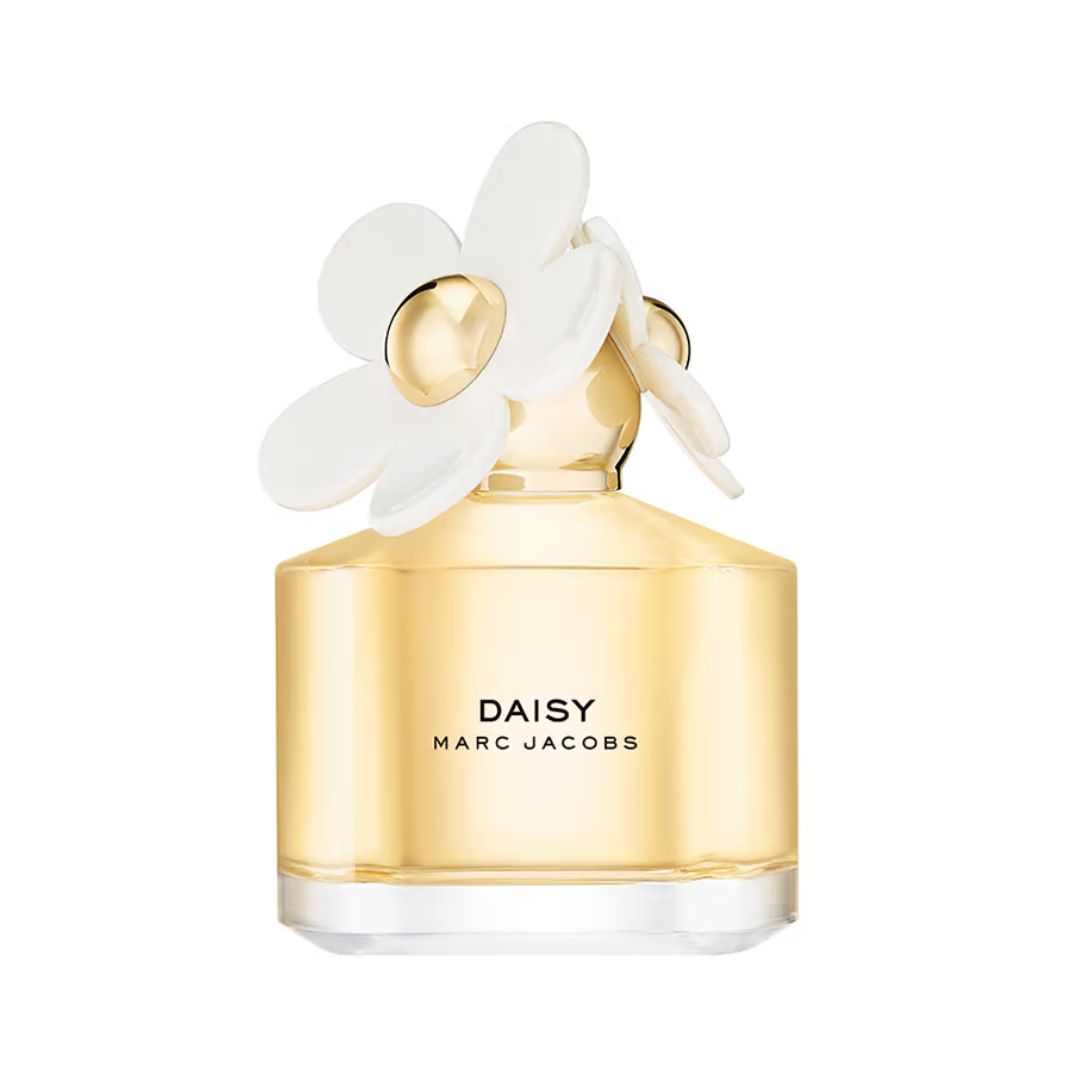
Marc Jacobs Daisy Eau de Toilette
Specifications
Some might argue that Marc Jacobs Daisy is too new of a scent to be deemed a classic, but I wholeheartedly disagree. Despite launching in 2007, Daisy has firmly cemented its place in olfactory history. This fresh spritz of a floral has remained a global bestseller for years—even when the popularity of the Marc Jacobs fashion house has fluctuated, the popularity of Daisy has stayed consistently high.
7. Mugler Angel
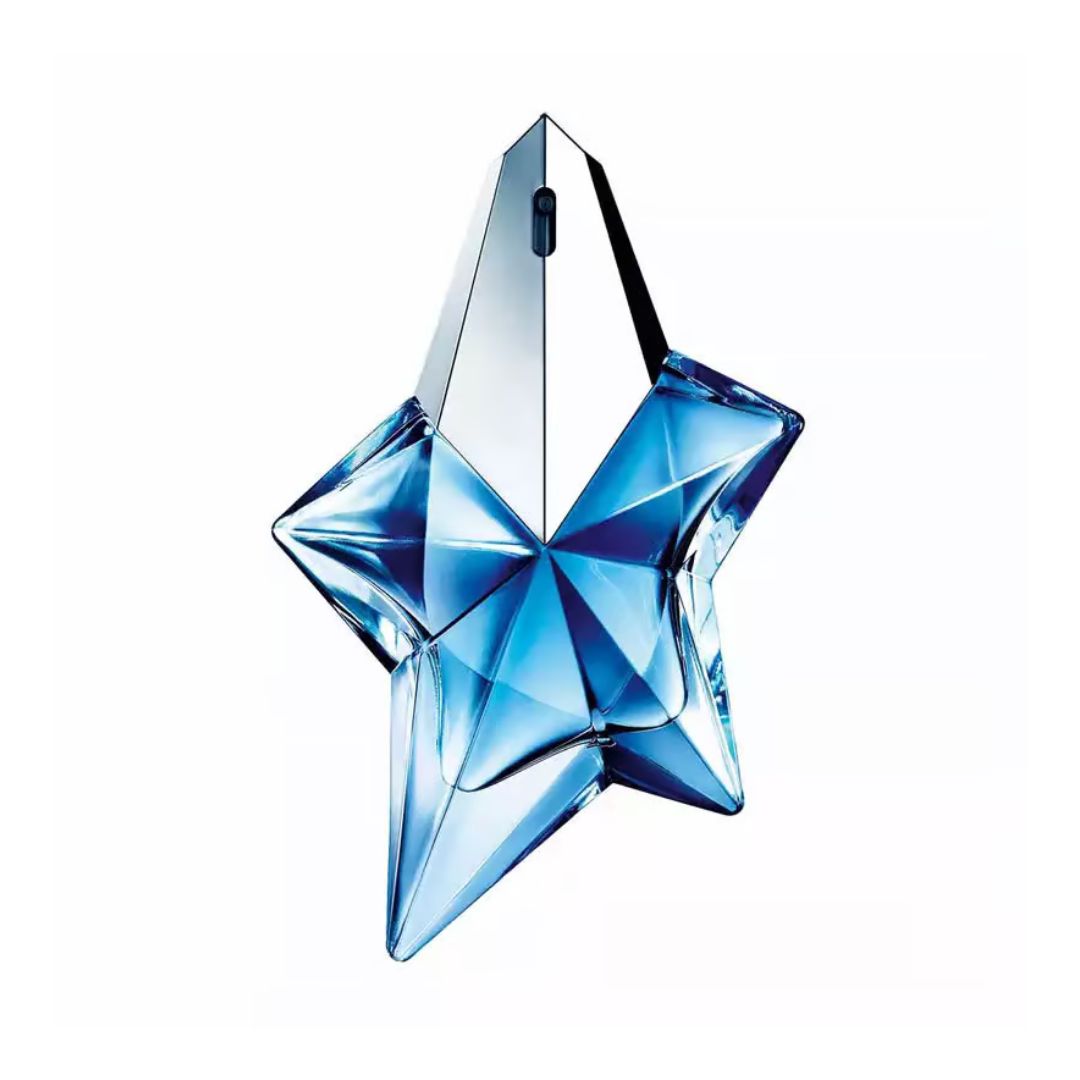
Mugler Angel Eau de Parfum
Specifications
Whether you like or loathe Mugler's sweet, punchy scents, no one can deny the impact that Angel has had on pop culture. Its creamy, sugared, moreish aroma lined the streets of the noughties, and countless houses have taken inspiration from it ever since. To this day, when I walk past somebody wearing Angel, I absolutely melt.
8. Guerlain Shalimar
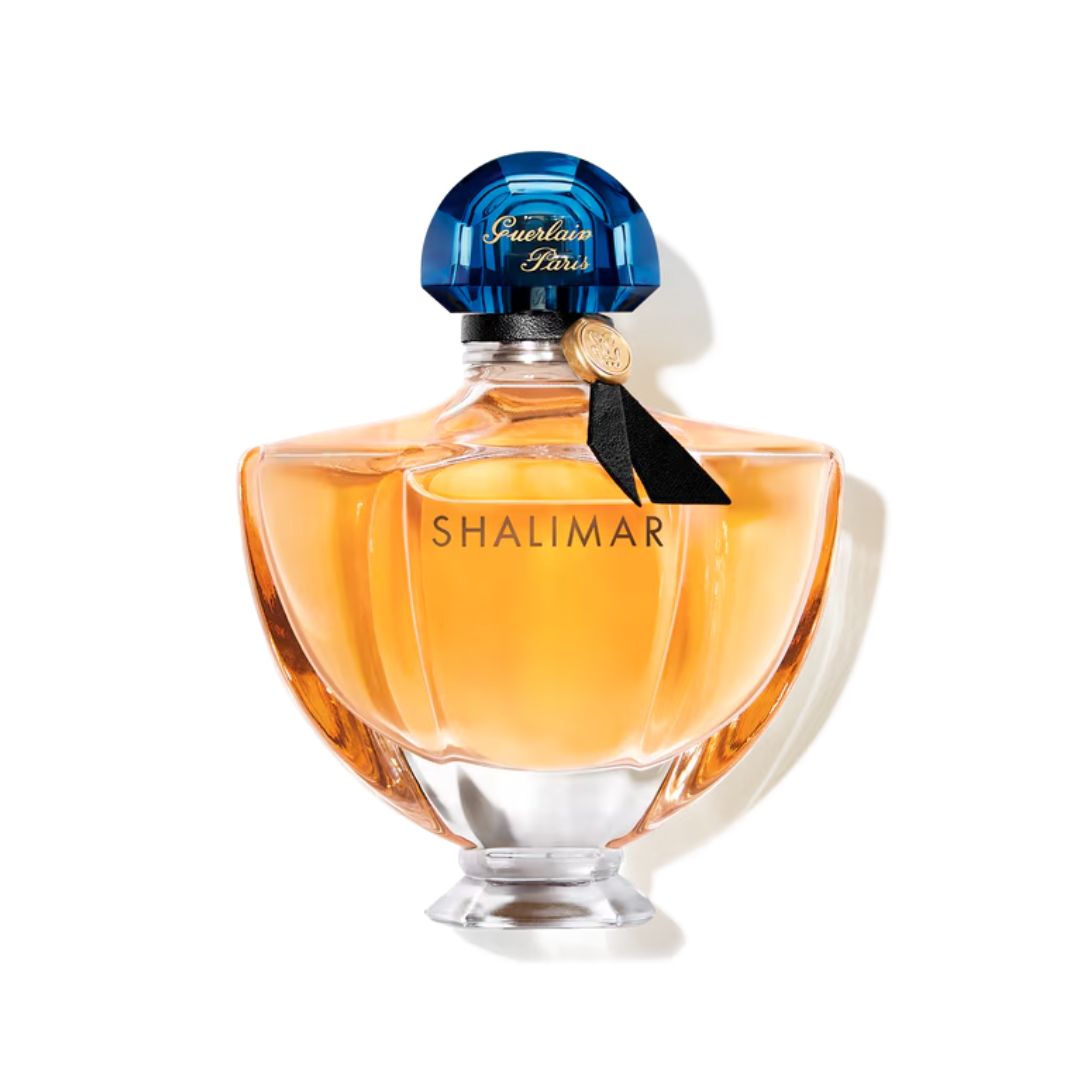
Guerlain Shalimar Eau de Parfum
Specifications
Sure, Chanel No5 is the blockbuster classic fragrance of the 20th century, but Shalimar is probably considered the most iconic and impactful scent within olfactory circles. Why? Because before Shalimar, rich and punchy amber scents didn't really exist. If we're talking about classic perfumes having to be the first to do something, Shalimar proves how its done. Guerlain will forever be regarded as one of the best fragrance houses in history, and Shalimar is its greatest creation.
9. Chanel Coco Mademoiselle
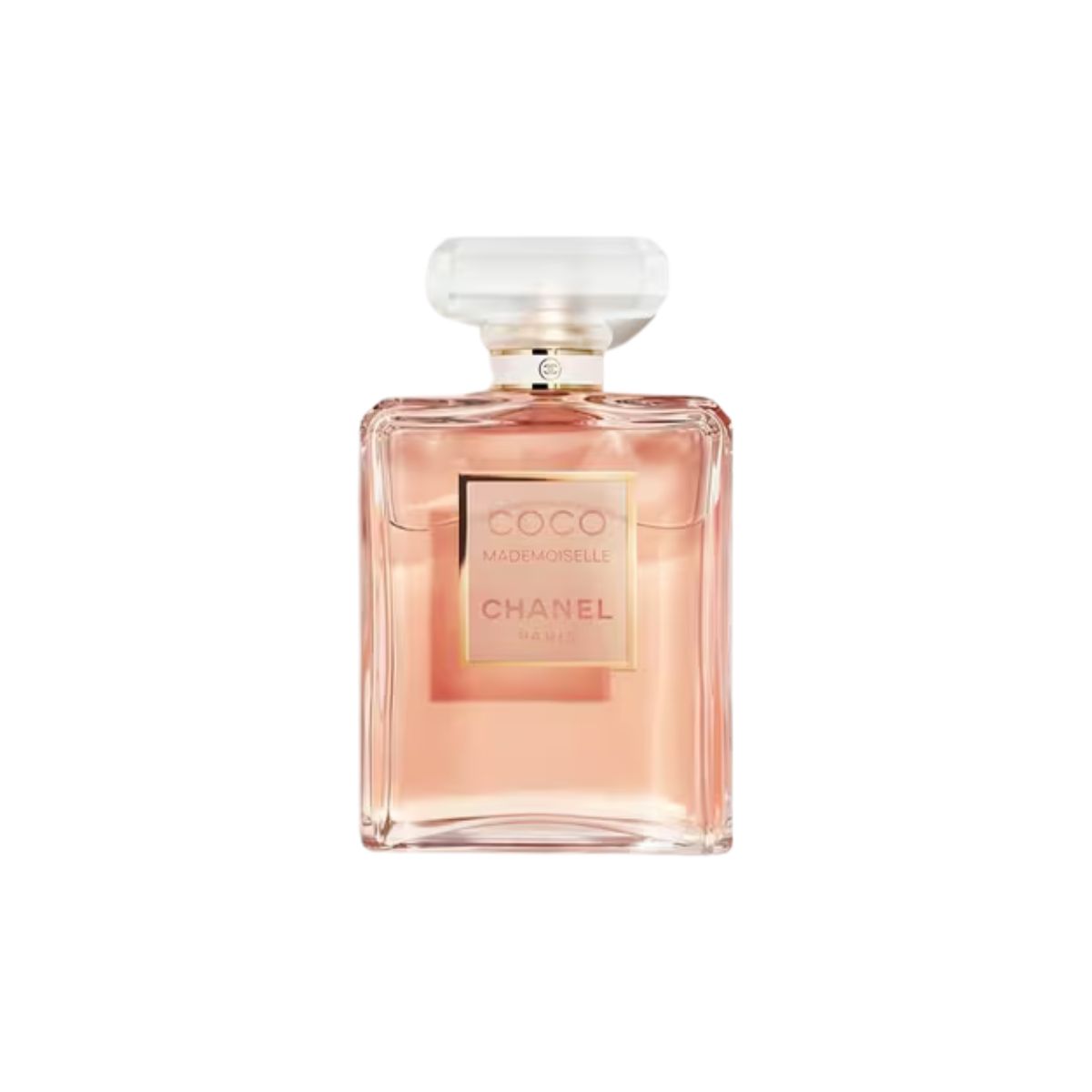
Chanel Coco Mademoiselle Eau de Parfum
Specifications
I started with a Chanel classic and I’ll end the list with another. An elegant, wearable and wildly popular classic perfume, Chanel Coco Mademoiselle was released in 2001—positioned by the brand as a more youthful and playful alternative to their classic Coco perfume. It has quickly become a modern classic with many of my fellow beauty editors claiming it as their signature scent. At its heart, it’s a warm amber-floral fragrance that manages to retain an elegant freshness. Yes, it smells undeniably luxurious, but there’s a softness to it as well thanks to a cosy base of vanilla and vetiver. A modern, grown-up perfume that I think will remain a classic for decades to come.
The need for reinvention
I know what you're thinking, don't classic perfumes just smell a bit, well, old? And, in some cases, yes, which is why they haven't stuck around on the shelves. To me, it makes most sense to refer to classic perfumes in two categories: classics and modern classics. While modern classics are perfumes that have proved very popular and crowd-pleasing in recent years, meaning that they will come to define their time, more traditional classics are the sorts of scents that have stuck around for decades, lending inspiration to perfumers with every new creation they face.
The problem with these traditional classics is that, truthfully, they don't always translate in the modern day. "Who wants to wear a piece of clothing that’s 75 years old? I’m sure you’ll find one or two people, but on a large scale no one wants to smell like their grandma. On a day-to-day basis it doesn’t work anymore," explains Kurkdjian. And this is the importance of classic perfume reinvention. Kurkdjian references this in relation to his recent reimagining of Dior's classic Miss Dior for the newer Parfum. "The Miss Dior from 1947 is kept as a tribute to our founder, but it’s important to reshape it at some point. To keep the idea, the philosophy, the structure and make it more modern and relevant," he says.
And this is something that Malle has also put great thought into, particularly when he was tasked with reinventing some of the most classic Estée Lauder scents for the brand's Legacy Collection. "The great perfumes and classics are always referenced in my conversations, and we always take inspiration from these perfumes. Mrs Lauder’s perfumes always come back up in conversations because she was so clever," he says. So why did he feel they needed to be reedited? Well, it comes down to that short formula idea we touched on earlier. Over the years, fragrance houses tinker with their scents, whether it be because of regulation changes or because they want to make them more palatable for the modern day.
In the case of Estée Lauder, Malle explains: "Each of them had a different problem because of the way Mrs Lauder used to work, which was extraordinary—she would tell perfumers to mix this with that, but the perfumers were sometimes too literal. Some were 300-ingredient formulas which don’t work in today’s world. Newer perfumes that I work on have between 20 and 50. The perfumers probably felt obliged to add the music of that time—it becomes a stranger in the middle. It’s an unnoticed stranger at the time of launch, but when that music morphs through the ages, it becomes old—and it’s easy to get rid of."
Modern classics
So, with this information, what defines a modern classic? Well, a modern classic is something that has either been reinvented to suit the tastes and (as Malle puts it) the 'music' of today, or it is a scent that has firmly cemented its place in history. Perhaps not enough time has passed to tell whether or not it will ever earn the title of a great classic, or perhaps the fragrance house from which is hails does not champion it as a timeless choice. Whichever way you choose to look at this, these modern classics tick all of the above boxes for the here and now.
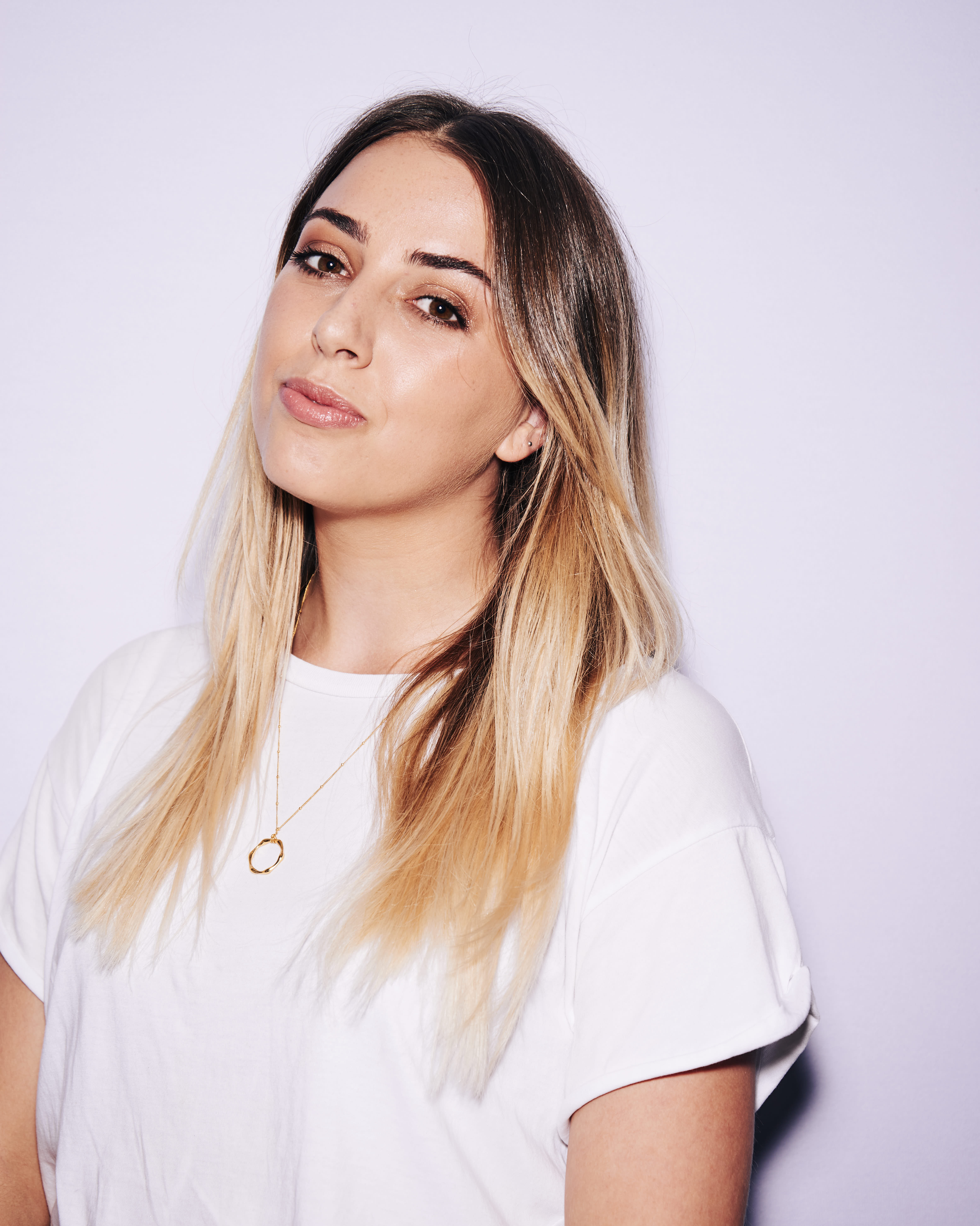
Shannon Lawlor is the Beauty Director at Who What Wear UK. With nearly a decade of experience working for some of the beauty industry’s most esteemed titles, including Marie Claire UK, Who What Wear, Glamour UK, Stylist and Refinery29, Shannon’s aim is to make the conversation around beauty as open, relatable and honest as possible. As a self-confessed lazy girl, Shannon has an affinity for hard-working perfumes, fool-proof make-up products and does-it-all skincare.
